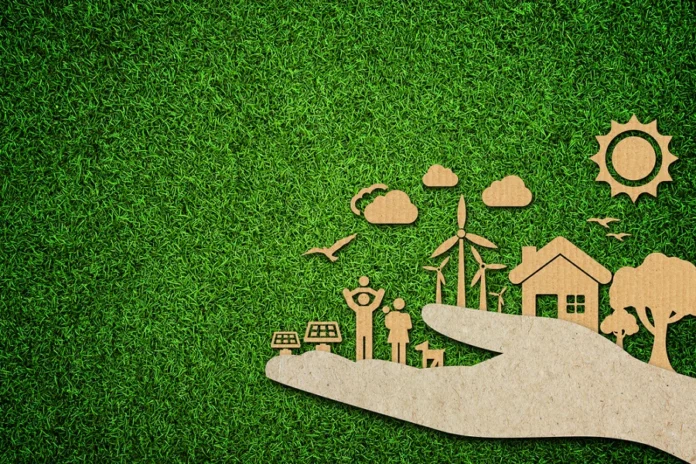
Sustainable living is a lifestyle that focuses on reducing waste and conserving resources to minimize our impact on the planet. It’s a way of living that promotes a healthier environment and a more fulfilling life. In this article, we’ll explore a guide to sustainable living and provide tips for reducing waste and conserving resources.
Reduce, Reuse, Recycle
The first step in sustainable living is to practice the 3 R’s: reduce, reuse, and recycle. By reducing the amount of waste we produce, we can minimize our impact on the planet. Using furniture removal services that prioritize recycling is essential for sustainable living. The disposal of old furniture can be a major contributor to waste in landfills, which can have a negative impact on the environment. Furniture removal services that offer recycling options can significantly reduce waste by diverting furniture from landfills and repurposing it for new use. This not only helps to reduce waste and conserve resources but also supports a circular economy. By using furniture removal services that prioritize recycling, we can all play a role in creating a more sustainable future for ourselves and for generations to come.
Switch to Eco-Friendly Products

Another way to live sustainably is to switch to eco-friendly products. This includes products that are made from sustainable materials, like bamboo or recycled plastic, as well as products that are biodegradable or compostable. Eco-friendly products help to reduce waste and minimize our impact on the environment.
Conserve Water
Water is a finite resource, and conserving it is critical to sustainable living. One way to conserve water is by fixing leaky faucets, which can waste a significant amount of water over time. Taking shorter showers is also an effective way to conserve water. By reducing shower time by just a few minutes, you can save hundreds of gallons of water each month. Installing low-flow toilets can also significantly reduce water consumption. These toilets use less water per flush than traditional toilets, which can save thousands of gallons of water each year. Additionally, choosing drought-resistant plants for landscaping can help to conserve water. These plants are adapted to arid conditions and require less water than traditional landscaping plants. By taking these simple steps to conserve water, we can minimize our impact on the planet and promote sustainable living.
Use Renewable Energy
Using renewable energy is a crucial part of sustainable living. This includes using solar or wind power to generate electricity, as well as using geothermal heating and cooling systems. By using renewable energy, we can reduce our reliance on fossil fuels and minimize our impact on the environment.
Buy Local and Organic
Buying local and organic food is another important aspect of sustainable living. This helps to reduce the carbon footprint of food transportation and supports local farmers. Additionally, choosing organic food helps to minimize the use of pesticides and fertilizers, which can be harmful to the environment.
Reduce Energy Consumption

Reducing energy consumption is another important aspect of sustainable living. This can be achieved by turning off lights and electronics when they’re not in use, using energy-efficient appliances, and adjusting the thermostat to conserve energy.
Choose Sustainable Transportation
Choosing sustainable transportation is another way to live sustainably. This includes walking, biking, or taking public transportation instead of driving a car. Additionally, choosing a hybrid or electric car can significantly reduce the carbon footprint of transportation.
Final Thoughts
In conclusion, sustainable living is a lifestyle that focuses on reducing waste and conserving resources. By practicing the 3 R’s, using eco-friendly products, conserving water, using renewable energy, buying local and organic, reducing energy consumption, and choosing sustainable transportation, we can all make a positive impact on the planet. It’s important to remember that sustainable living is a process, and small changes can add up to make a big impact. By taking small steps towards sustainable living, we can create a healthier and more fulfilling future for ourselves and for generations to come.








